Articles
FAQ PRODUITS
Le TBR est un ensemble émetteur récepteur pour la transmission radio sans licence. Il permet de transmettre une information d’un point à un autre via des ondes radio.
L’émetteur récepteur radio TBR se présente sous la forme d’un petit boitier sur lequel on va brancher différents capteurs. Ce boitier est connecté à une antenne radio qui va transmettre les informations sous forme de signal.
Le récepteur, lui, se présente sous la forme d’un boitier accompagné d’une antenne réceptrice. Il va récupérer l’information présente sur ces entrées, la traduire en signaux électriques et ressortir physiquement ces signaux électriques.
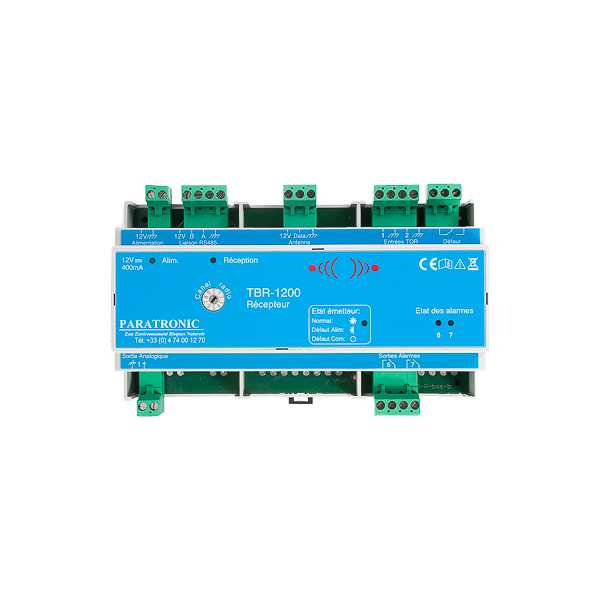
Lorsque l’on a deux sites relativement éloignés ou difficiles à connecter par un câble, le TBR permet de transmettre la donnée d’un point à l’autre par radio.
L’ ensemble émetteur récepteur TBR est surtout utilisé dans des installations liées à l’eau potable : on le retrouve surtout dans les réservoirs d’eau et les stations de pompage. En effet, les réservoirs d’eau sont généralement à plusieurs kilomètres des stations de pompage, ce qui rend l’installation de câbles très onéreux.
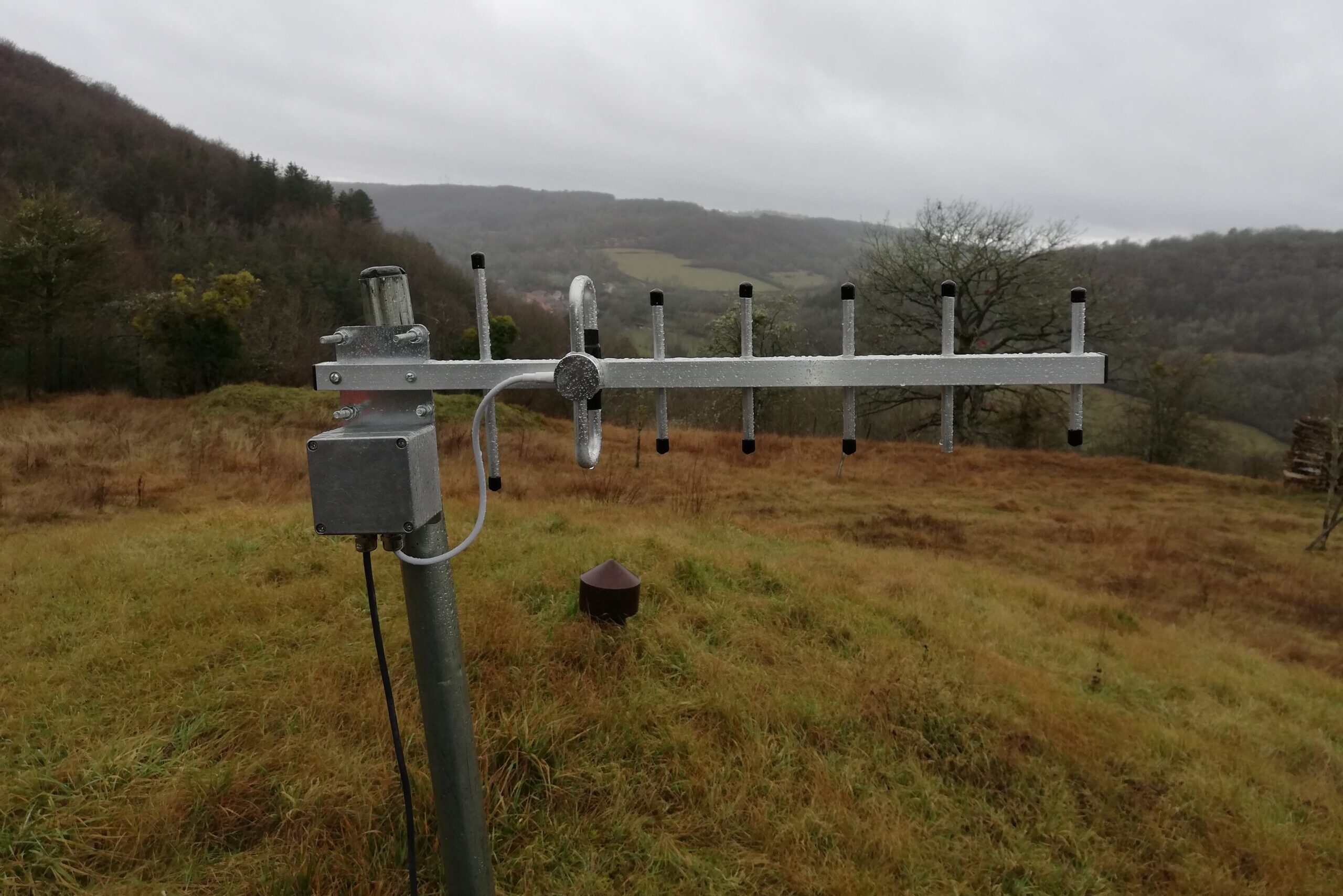
On opte pour un ensemble émetteur récepteur TBR lorsqu’il est impossible de connecter deux sites par un câble. Cela peut être à cause de la distance, mais pas nécessairement : par exemple, dans l’assainissement et plus précisément dans les stations d’épurations, ce système est utilisé pour rapatrier l’information de niveau provenant d’un voile de boue. Dans une station d’épuration, on peut très rarement creuser des tranchées directement pour l’ajout d’un câble, non prévu lors de la conception de la STEP, Il est donc plus simple de transmettre l’information par radio que de se lancer dans des TP onéreux et à la logistique complexe.
Le TBR est un produit que l’on vend depuis une vingtaine d’années, et qui reste populaire malgré l’apparition de la technologie GSM (dans la LNS par exemple) sur le marché car Il ne nécessite pas d’abonnement et il est très simple d’installation (pas de programmation à prévoir).
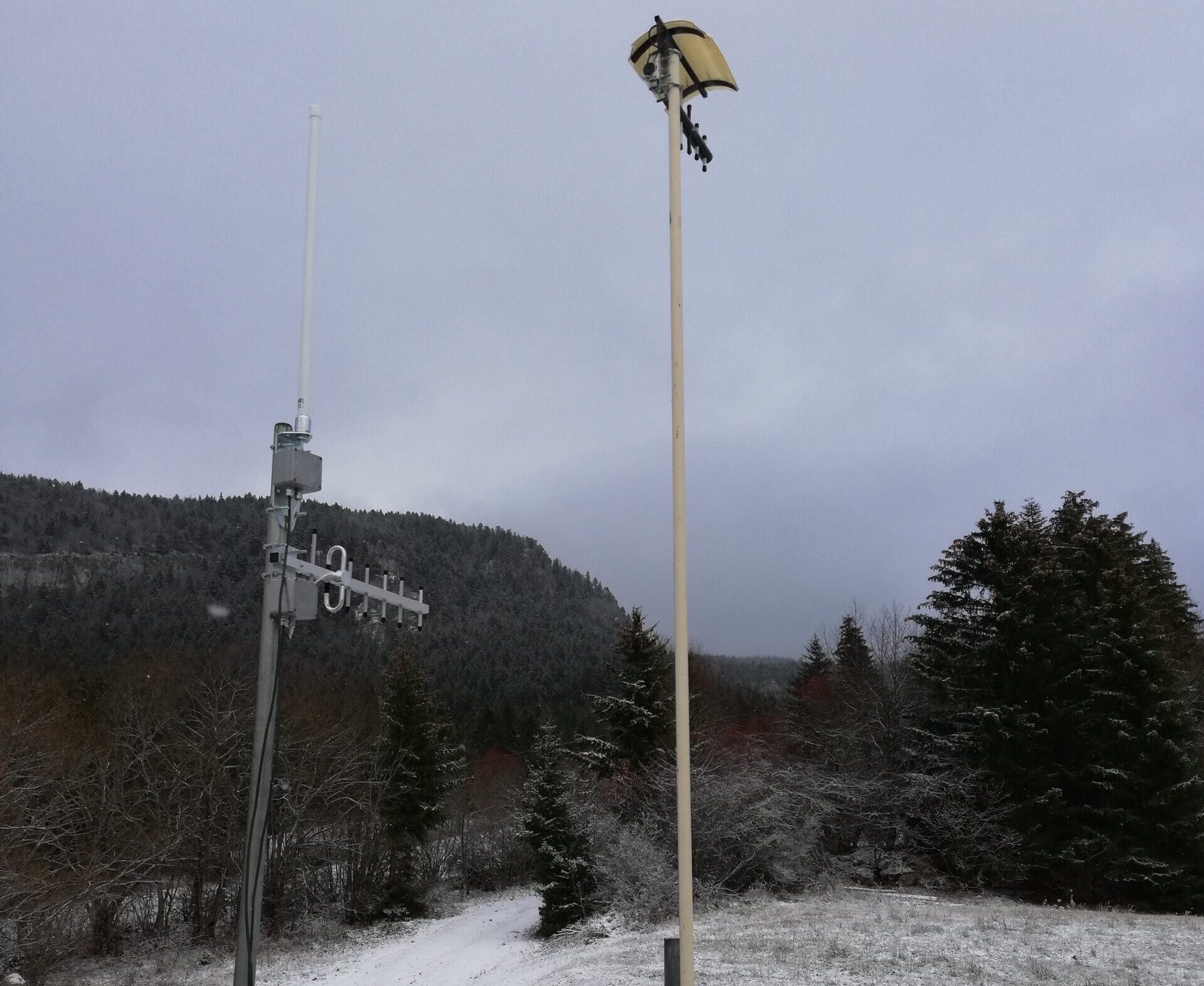
Le TBR est très simple d’utilisation. Aucune programmation n’est nécessaire. Il suffit de brancher le ou les capteurs sur l’émetteur, et d’alimenter ce dernier en 12V continu sur le réseau électrique (à l’aide d’un transformateur 230-12V). Il consomme peu d’énergie, il peut donc également fonctionner avec une batterie, associée ou non à un panneau solaire. Le récepteur doit être lui alimenté en permanence afin que l’ensemble fonctionne.
Avant d’installer L’ ensemble émetteur récepteur TBR, nous effectuons avec le client un test radio préalable grâce au boitier testeur TBR: en fonction de la distance, de la topographie et des contraintes du terrain (les bâtiments, les arbres, …), nous vérifions la bonne liaison radio nécessaire au fonctionnement et conseillons notre client sur le lieu d’installation, l’orientation des antennes et les produits associés.
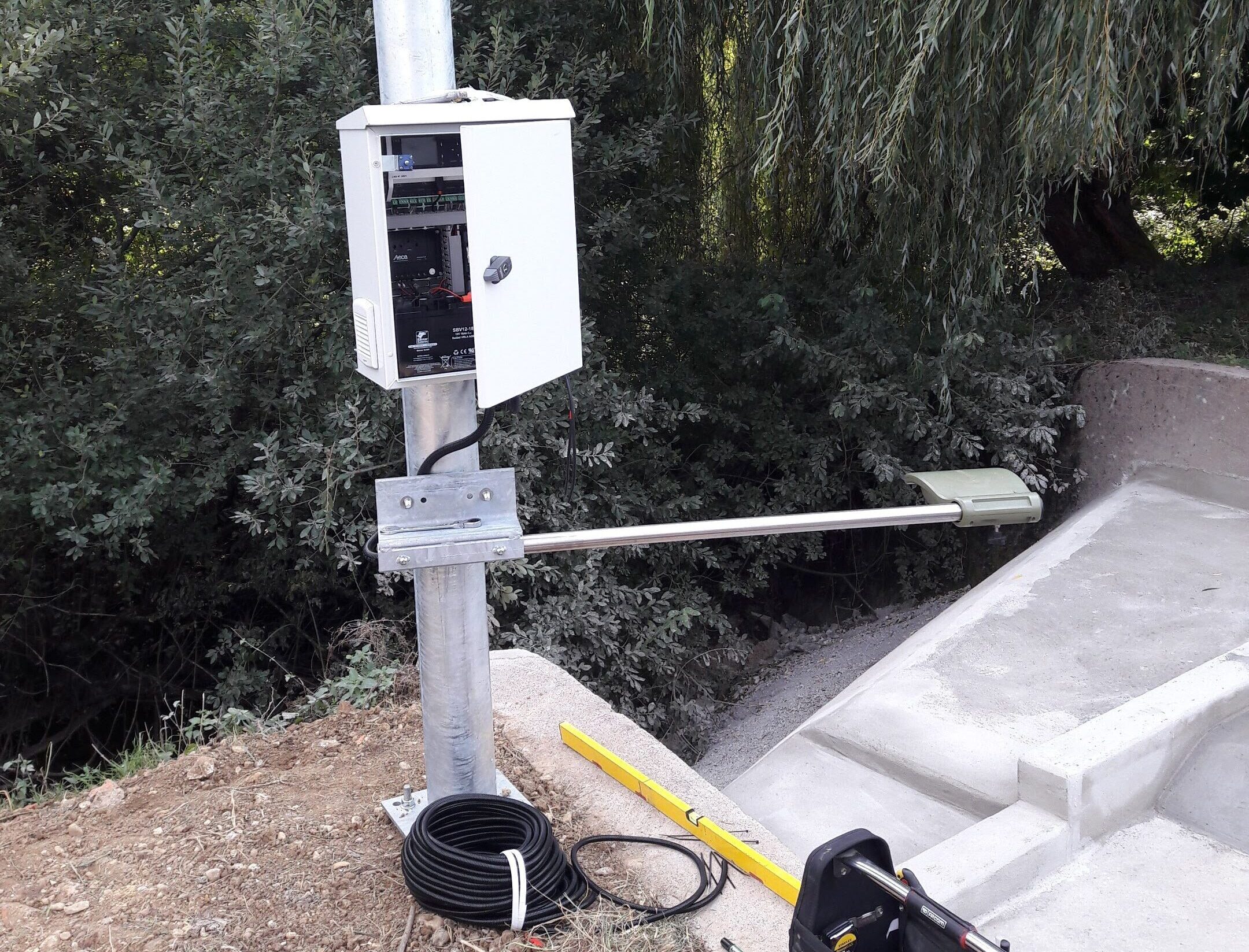
La fonction du TBR est de remplacer des câbles : le TBR peut donc se raccorder à tout ce qui est connecté par câble. La donnée entrée au niveau du capteur sera ressortie telle quelle au niveau du récepteur, on peut donc le connecter à un système d’acquisition, un afficheur… Tout ce à quoi on pourrait physiquement brancher un capteur.
Le TBR peut être utilisé avec divers produits Paratronic. Il peut transmettre les informations mesurées par des capteurs : des sondes piézométriques (CNR, MPFX, SNA), des radars (NRV), des poires de niveau, des débitmètres, …
Des parafoudres peuvent protéger les installations. La présence d’un parafoudre est particulièrement importante entre l’antenne et l’émetteur (ou le récepteur) pour éviter que la foudre n’endommage l’émetteur (ou le récepteur) en tombant sur l’antenne. Différentes sources d’alimentations peuvent aussi être vendues en complément : alimentation 230-12V (AS2A), batteries, panneaux solaires…
Les TBR ont besoin d’une alimentation 12V pour fonctionner. Cette alimentation 12V peut être amenée par un transformateur 230-12V, soit par une batterie accompagnée ou non d’un panneau solaire pour l’émetteur. Le récepteur, lui, est obligatoirement alimenté en permanence : il est toujours en attente de réception d’un signal, on ne peut donc pas l’éteindre.
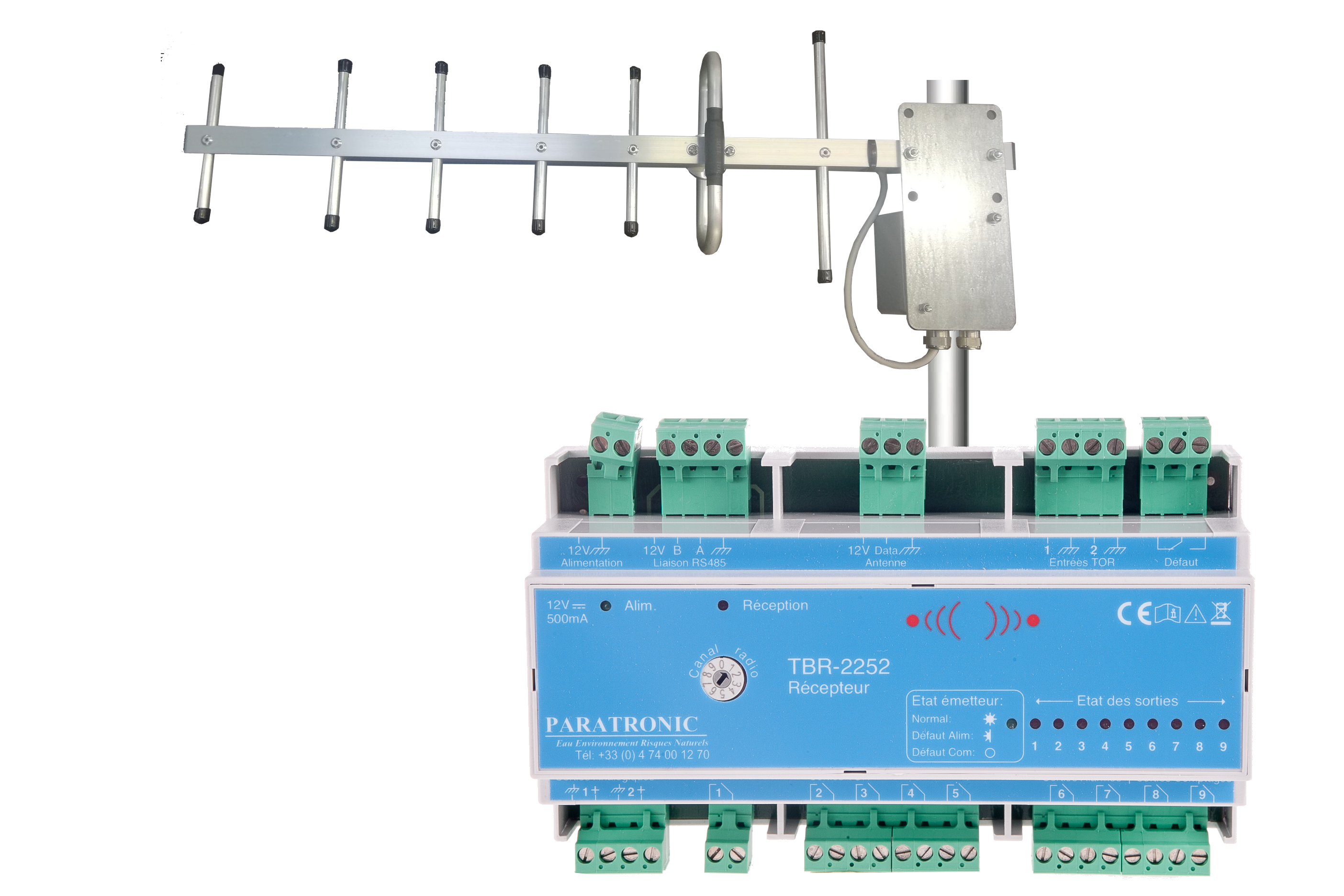
L’ ensemble émetteur récepteur TBR ne requiert pas de maintenance spécifique. On peut vérifier de temps en temps que l’antenne n’a pas de potentiels obstacles (de la végétation qui aurait poussé, par exemple).
Il faut également vérifier les parafoudres en cas d’orage: s’ils ont pris des chocs de foudre, ils peuvent ne plus être complètement opérationnels.
Les émetteurs et récepteurs sont extrêmement fiables et robustes. Certains émetteurs TBR sont en place depuis plus de 15 ans et fonctionnent toujours aussi bien. Les antennes TBR ont une durée de vie plus variable à causes de leurs expositions aux intempéries.
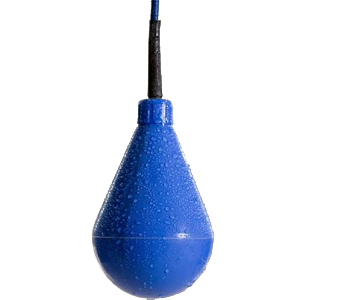
Les informations que le TBR peut transmettre sont limitées par les entrées auxquelles on peut le connecter. Sur l’entrée des produits, on peut connecter des capteurs analogiques, des capteurs TOR (Tout Ou Rien), des alarmes, des capteurs qui font du comptage type débitmètres, des produits en liaison RS485…
On peut connecter d’autres types de capteurs, mais ils nécessitent des entrées spécifiques. On peut les ajouter grâce à des modules d’extension. La quantité d’information est limitée également par puissance de transmission des données.
Les TBR sont surtout utilisés dans des châteaux d’eau, dans les réservoirs : ils sont connectés à des capteurs analogiques, des sondes de niveau pour mesurer les niveaux d’eau.
Ils sont aussi utilisés avec des poires de niveau connectées sur une entrée TOR. Les poires fonctionnent comme un interrupteur : lorsque l’eau arrive au niveau de la poire ou plus bas, cette dernière va fermer un contact ou l’ouvrir pour contrôler des niveaux d’eau très hauts ou très bas ; c’est un produit de sécurité. L’émetteur va (selon le cycle choisi) s’allumer, alimenter les capteurs, récupérer l’information à l’instant t de toutes ses entrées, transmettre l’information et se mettre en veille.
Le TBR peut aussi servir pour du comptage, notamment avec des débitmètres.
Grâce à ses entrées alarmes, il peut effectuer de la surveillance de niveau d’eau (poires de niveau) mais également d’anti-intrusion sur site (ex : l’ouverture d’une porte active l’entrée alarme du TBR qui transmet dans un délai très court l’information au récepteur).
L’ ensemble émetteur récepteur TBR est limité sur plusieurs points.
Premièrement, la distance : en théorie le TBR fonctionne à 6km à vue, mais cela dépend des conditions de terrain, il faut donc réaliser des tests. Certains TBR fonctionnent à plus de 8km dans certains milieux. On a besoin d’être sur le terrain pour tester le fonctionnement.
La deuxième limite du produit est la quantité d’informations qu’il peut envoyer. Dans le domaine gratuit, on peut envoyer une certaine quantité de données par onde radio ; on rentre dans le domaine payant si l’on dépasse ce seuil. La quantité de données qui peut être envoyée dépend aussi du nombre d’entrées du TBR.
L’émetteur et le récepteur du TBR sont garantis 2 ans s’ils sont protégés par des parafoudres.

L’émetteur, le récepteur ainsi que le boîtier de contrôle de l’antenne ont été développés par notre bureau d’étude et sont fabriqués en France, dans notre usine de Reyrieux.
Notre FAQ n’a pas répondu à toutes vos questions ? N’hésitez pas à nous contacter pour plus d’informations.